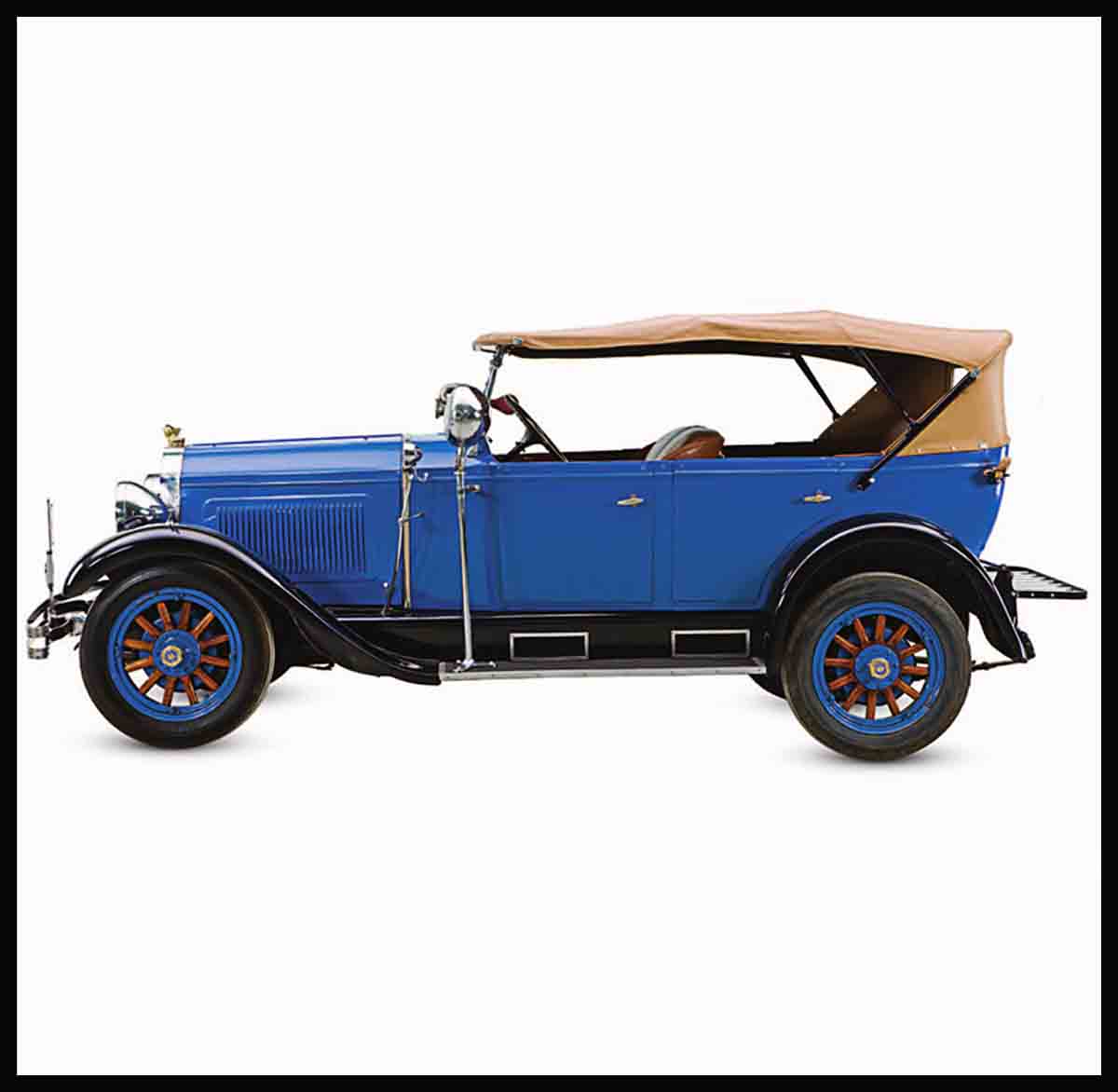
Cars for the Middle Classes
The 1920s saw huge changes in the driving world, as high-volume production pushed down prices, and it became the norm for the middle classes in Europe and the United States to own cars. An Atlantic divide emerged, with European mainstream cars mostly being powered by four-cylinder engines of around 1500 cc, whereas U.S. cars were substantially larger, housing six- or eight-cylinder engines of around 4,000 cc.
Essex A, 1919
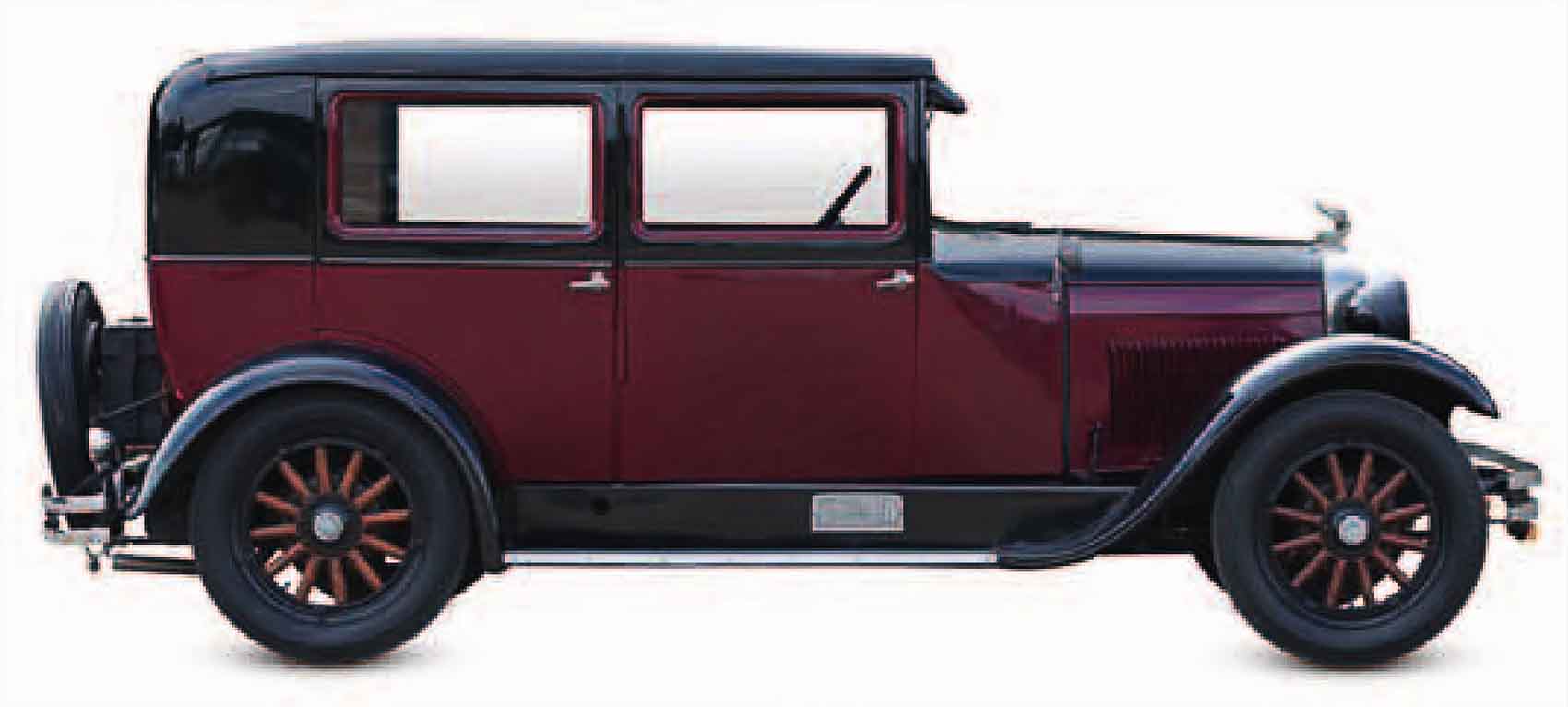
| Origin | USA |
| Engine | 2,930 cc, straight-four |
| Top speed | 65 mph (105 km/h) |
Linked with Hudson, the moderately priced Essex marque was an immediate success. More than 1.13 million Essex cars were sold up to 1932, after which the name was changed to Terraplane.
Dodge 4, 1914
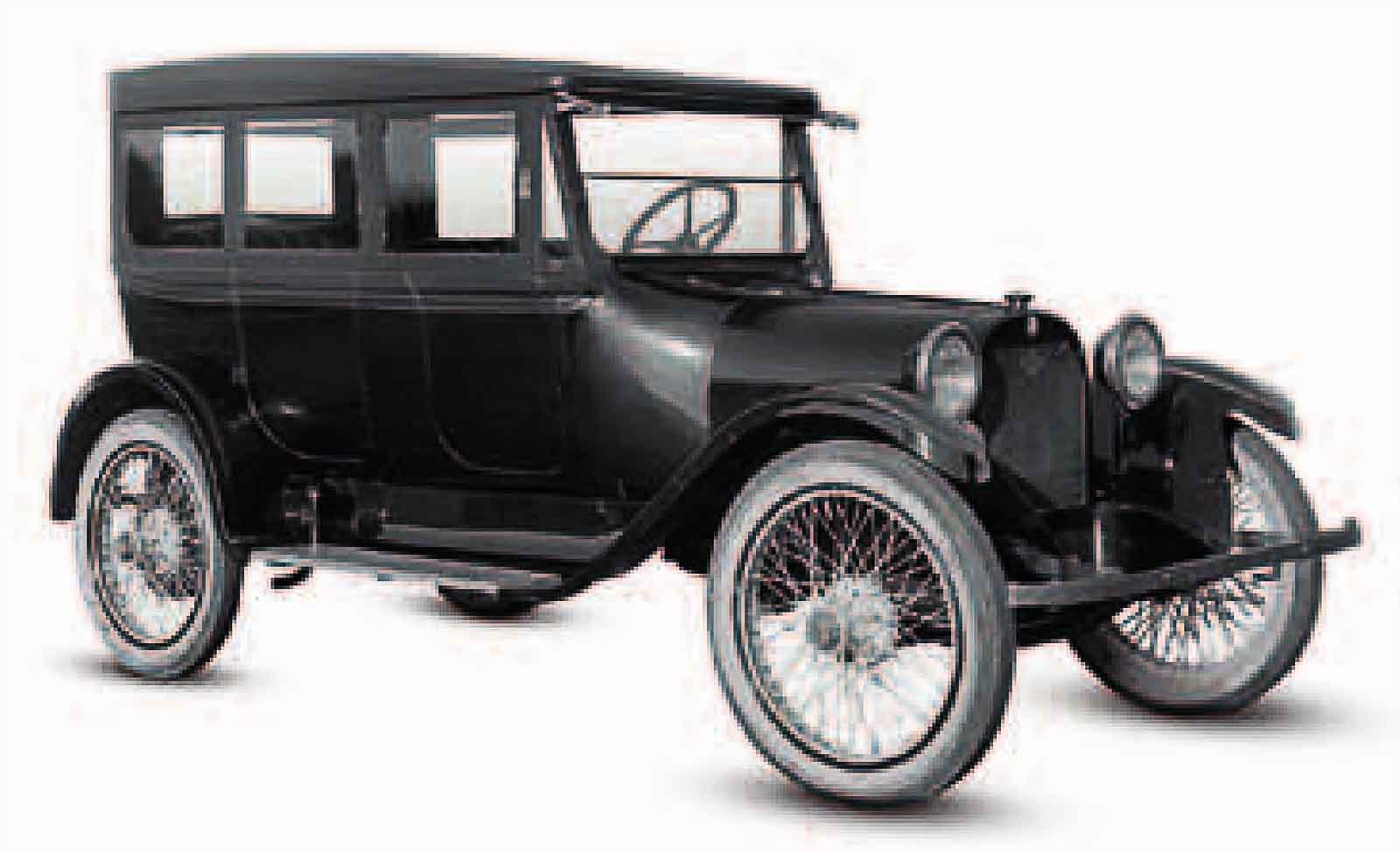
| Origin | USA |
| Engine | 3,479 cc, straight-four |
| Top speed | 50 mph (80 km/h) |
In the 1920s, Dodge was the second best-selling U.S. marque thanks largely to this rugged car, which had an all-steel body, sliding-gear transmission, and 12-volt electrics.
Citroen Type A, 1919
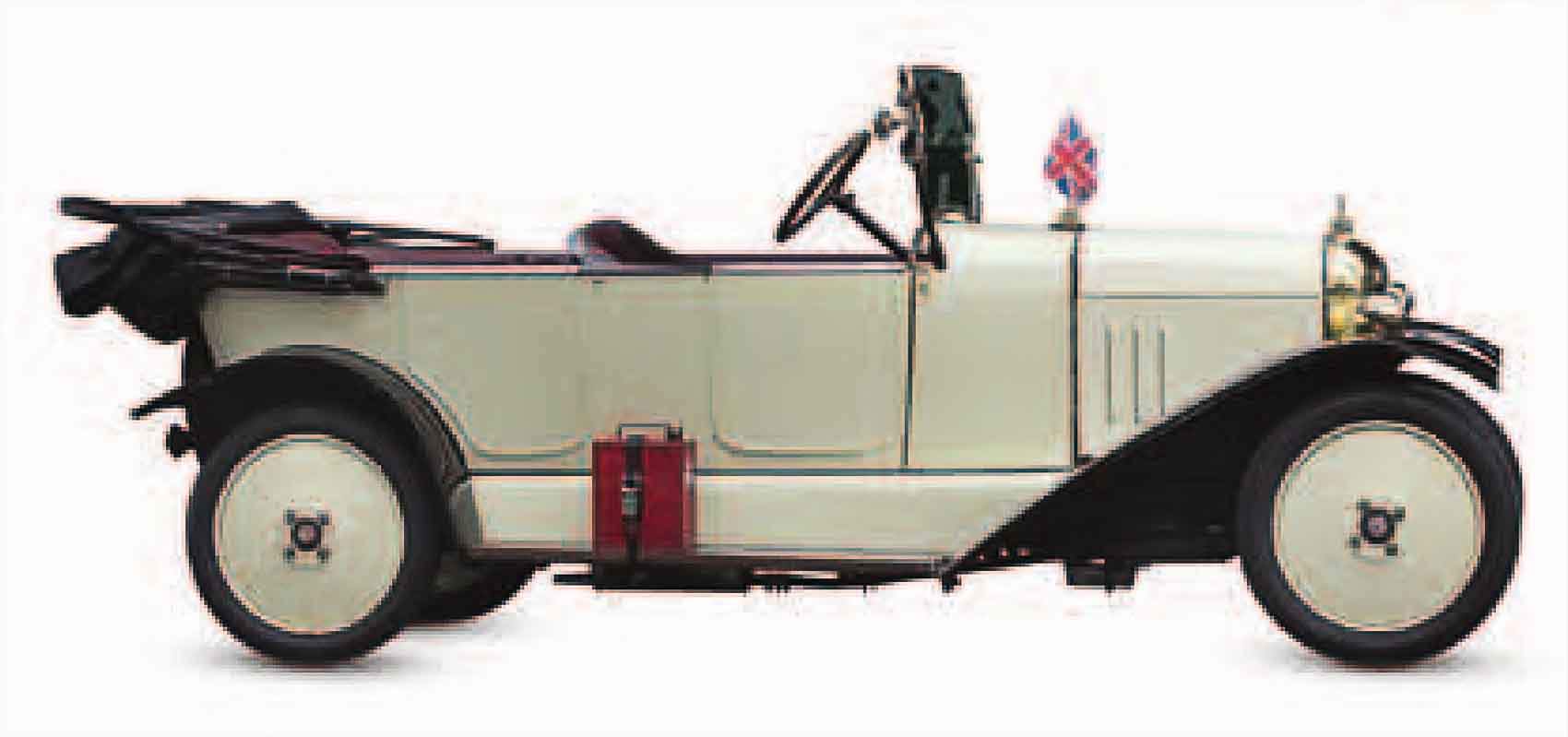
| Origin | France |
| Engine | 1,327 cc, straight-four |
| Top speed | 40 mph (64 km/h) |
Andre Citroen’s first car was also Europe’s first mass-produced model, with up to 100 being made a day. In all, 24,093 Type As were sold before production ceased in 1921.
Riley Nine Monaco, 1926
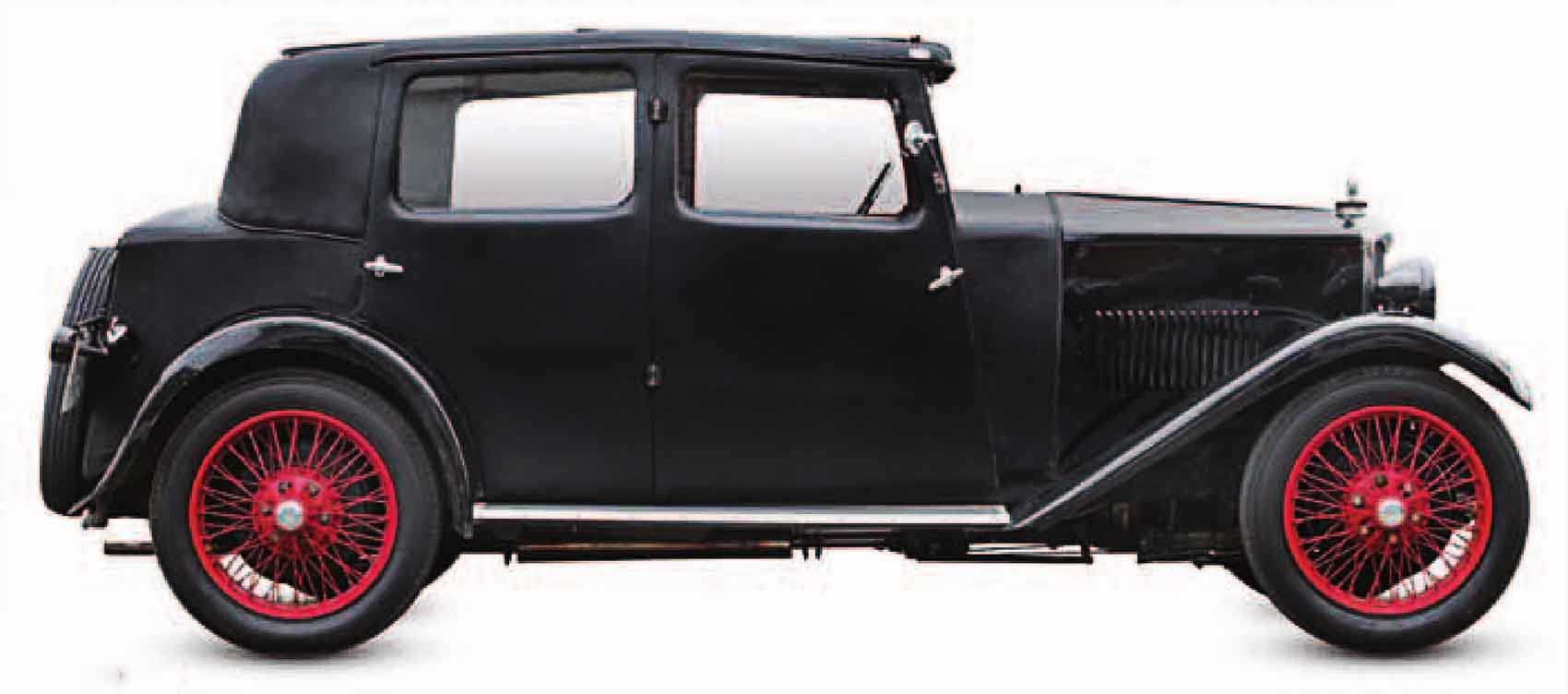
| Origin | UK |
| Engine | 1,087 cc, straight-four |
| Top speed | 60 mph (97 km/h) |
Percy and Stanley Riley designed an outstanding sporting car in 1926, which entered series production in 1928. The twin side-camshafts gave it exceptional performance.
Chrysler G70, 1924
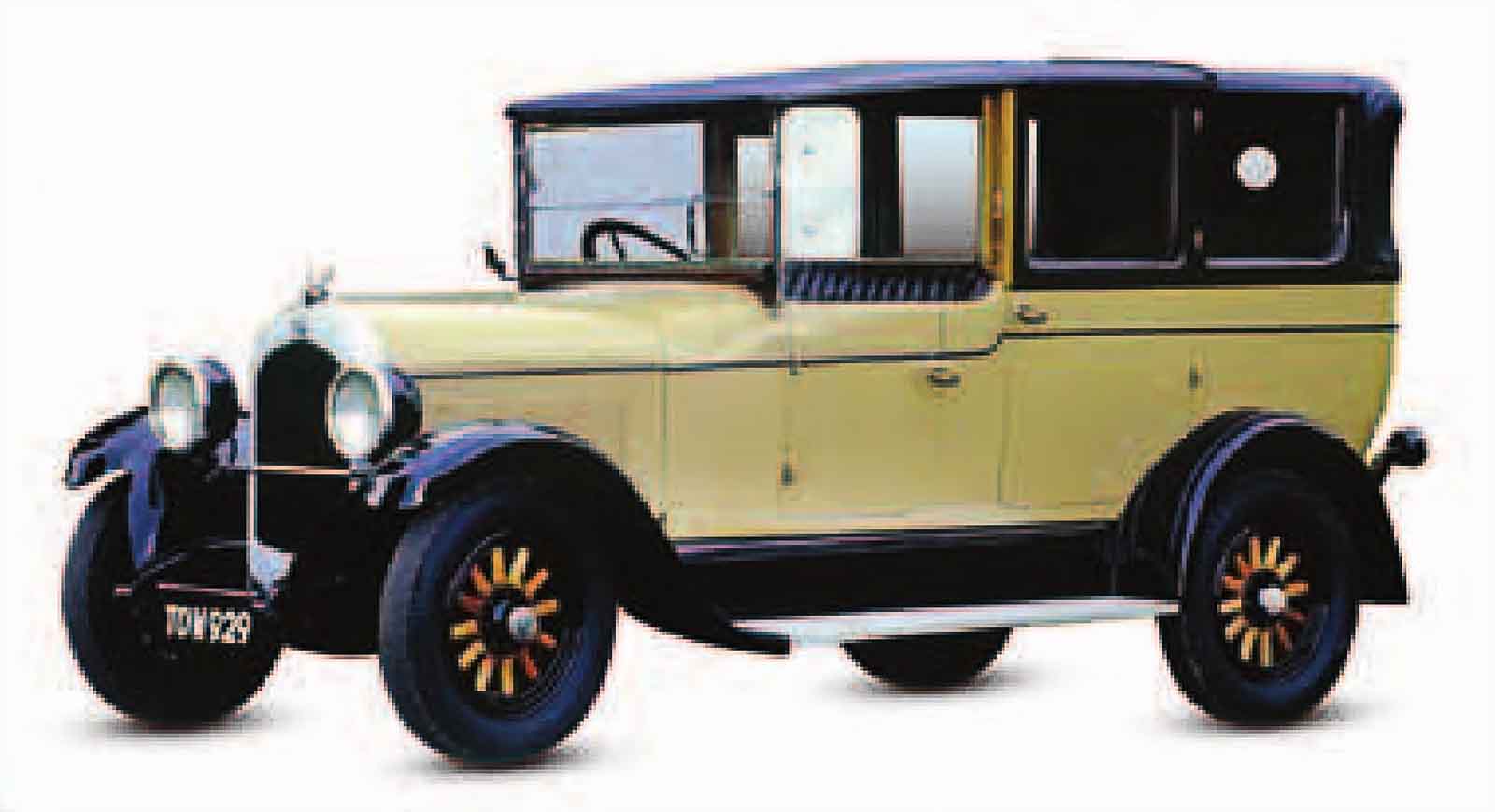
| Origin | USA |
| Engine | 3,200 cc, straight-six |
| Top speed | 70 mph (113 km/h) |
Walter Chrysler’s first car was a revelation, boasting impressive performance and four-wheel hydraulic brakes. It quickly took a significant slice of the U.S. Market.
Morris Oxford, 1919
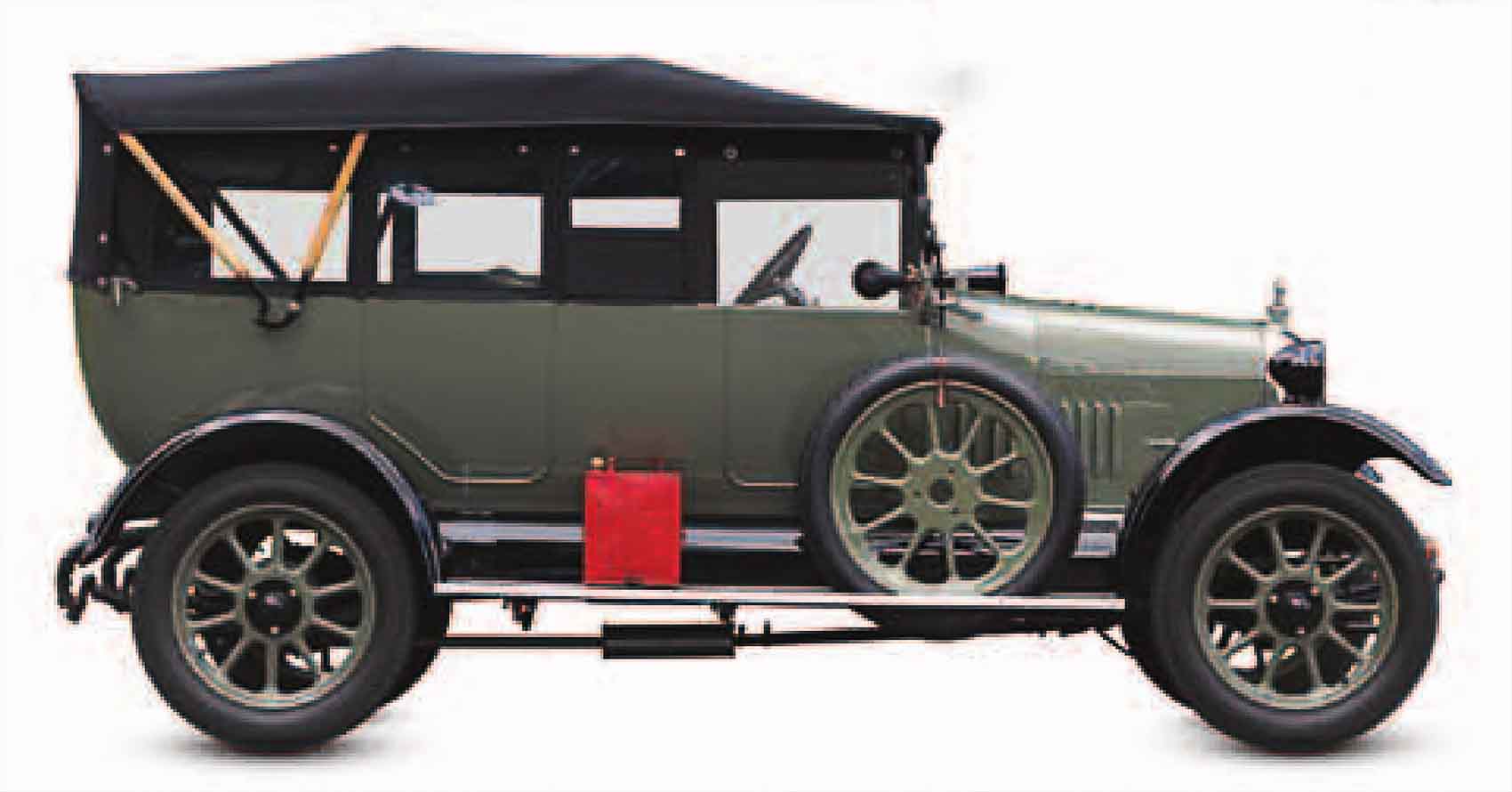
| Origin | UK |
| Engine | 1,548 cc, straight-four |
| Top speed | 60 mph (97 km/h) |
Part of the Morris “Bullnose” range, named after the rounded radiator, the Oxford’s clean lines and consistent performance won it many fans among UK motorists.
Morris Cowley, 1927
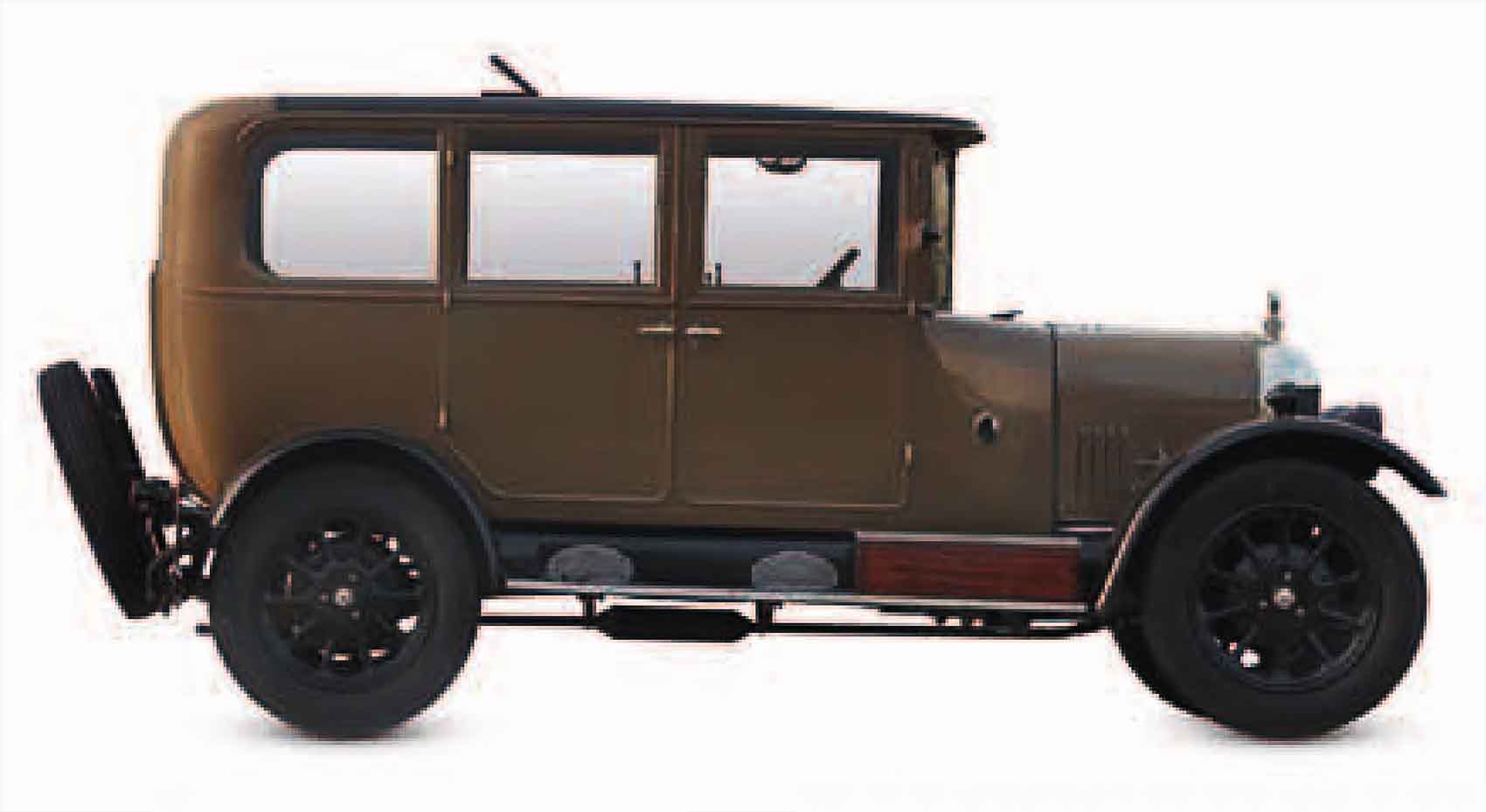
| Origin | UK |
| Engine | 1,548 cc, straight-four |
| Top speed | 60 mph (97 km/h) |
The Cowley, another Morris “Bullnose,” was a cheaper version of the Oxford. The Bullnoses seemed dated by the late 1920s, but they continued to sell on their reputation for reliability.
Willys-Knight Model 66, 1927
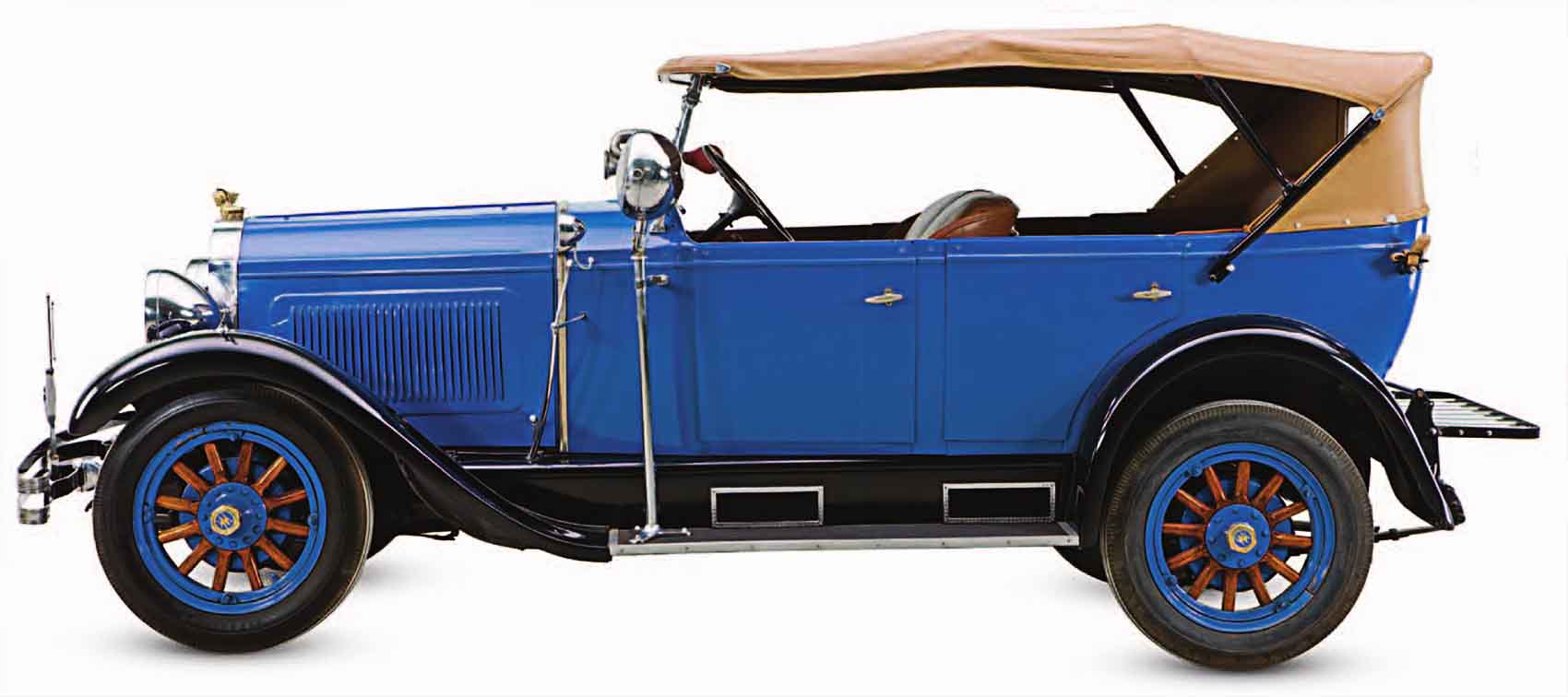
| Origin | USA |
| Engine | 4,179 cc, straight-six |
| Top speed | 70 mph (113 km/h) |
Willys-Knight built 50,000 cars a year during the 1920s, all with sleeve-valve engines. Its top-of-the-range 66 offered high comfort, good looks, and quality engineering-albeit at a high price.
Hupmobile Touring Series R, 1921
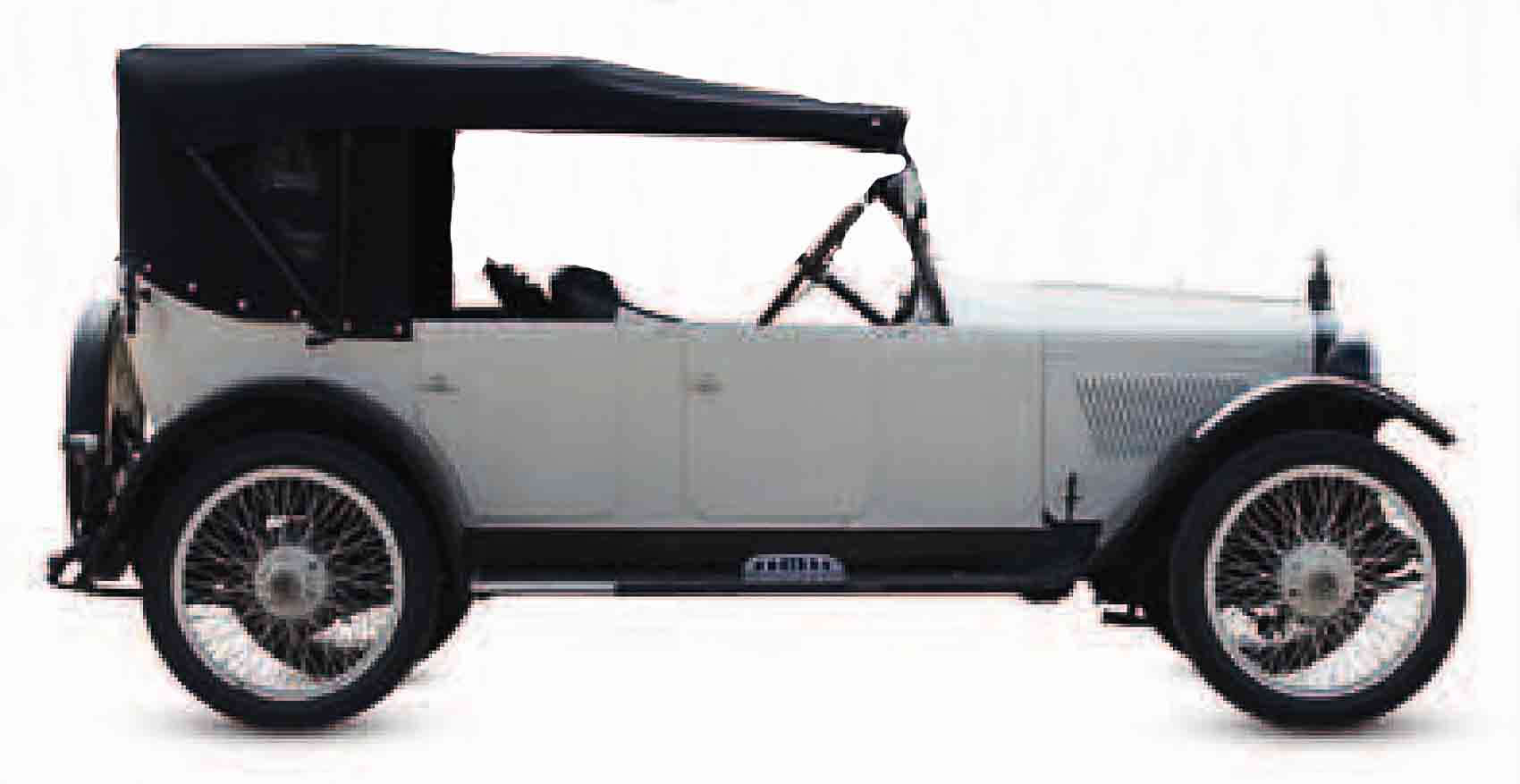
| Origin | USA |
| Engine | 2,990 cc, straight-four |
| Top speed | 60 mph (97 km/h) |
The strong sales of this simple, spacious, four-cylinder car made Hupmobile one of the success stories of the early 1920s. However, the company did not survive the Great Depression of the 1930s.
Buick Model 24, 1924
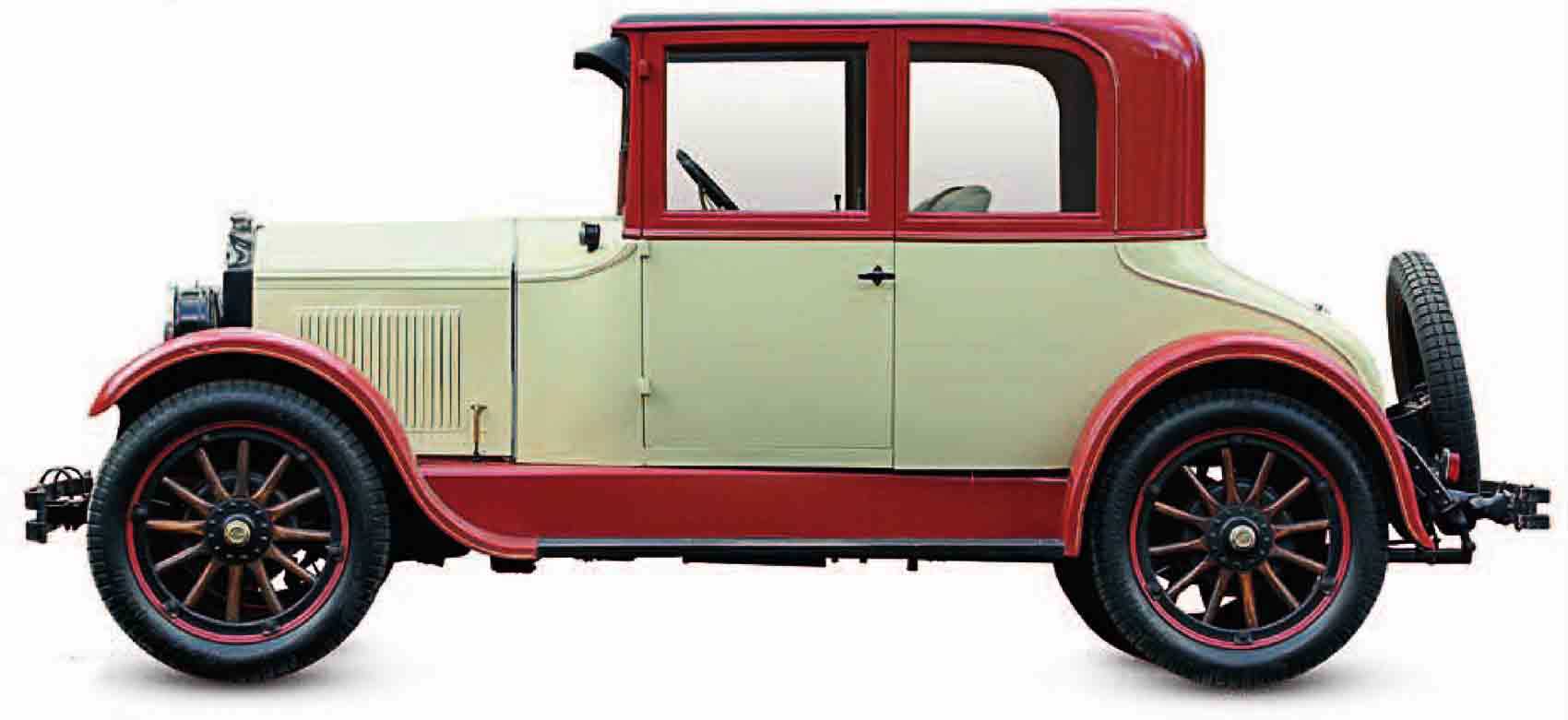
| Origin | USA |
| Engine | 2,786 cc, straight-four |
| Top speed | 55 mph (89 km/h) |
Buick produced its last four-cylinder cars in 1924, after which its smallest engine was a straight-six. The Buick Model 24 was sturdy and adequate, although a little underpowered.
Ford Model A Tourer, 1927
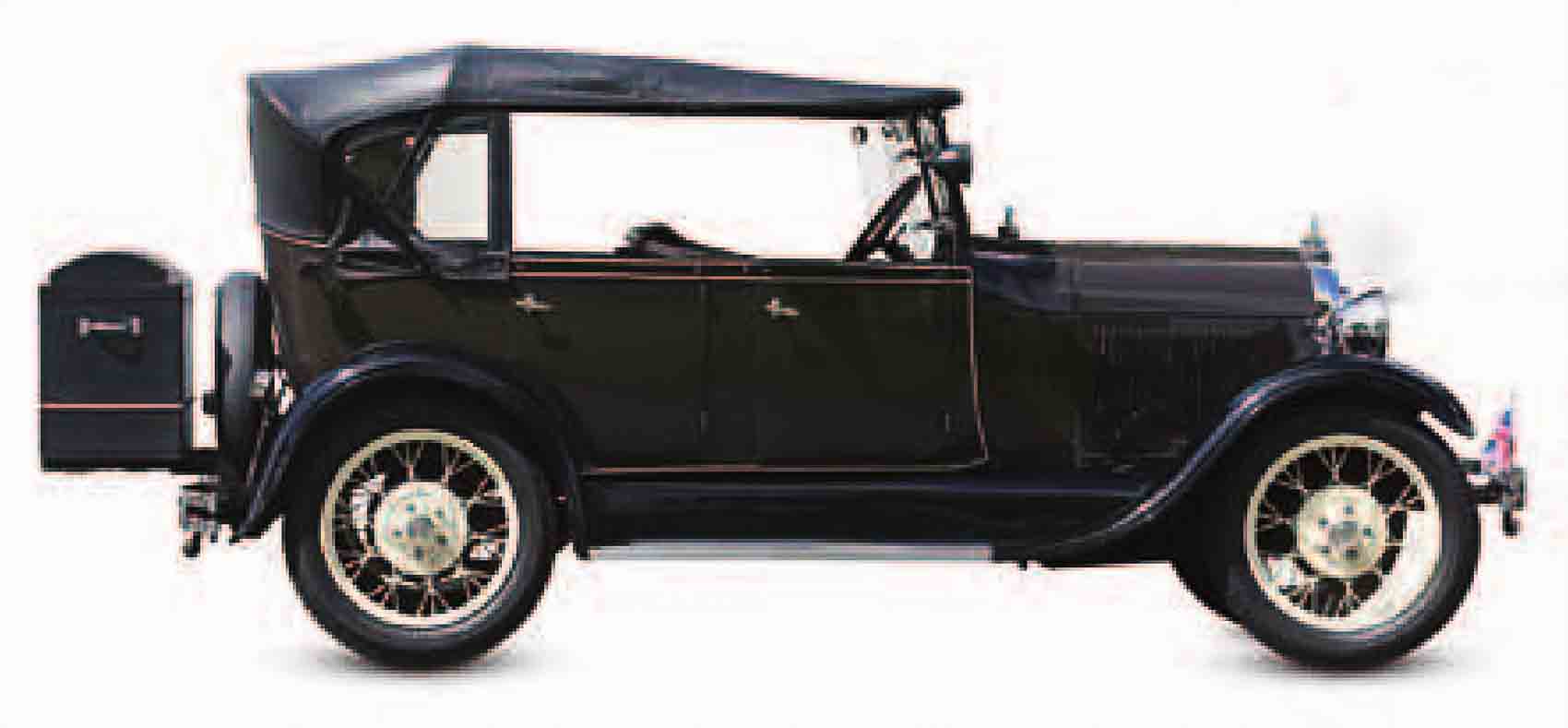
| Origin | USA |
| Engine | 3,294 cc, straight-four |
| Top speed | 65 mph (105 km/h) |
This was the first Ford with conventional controls: clutch and brake pedals, throttle, and gearshift. Almost 5 million Model As took to the world’s roads from 1927 to 1931.
Opel 4/14, 1924
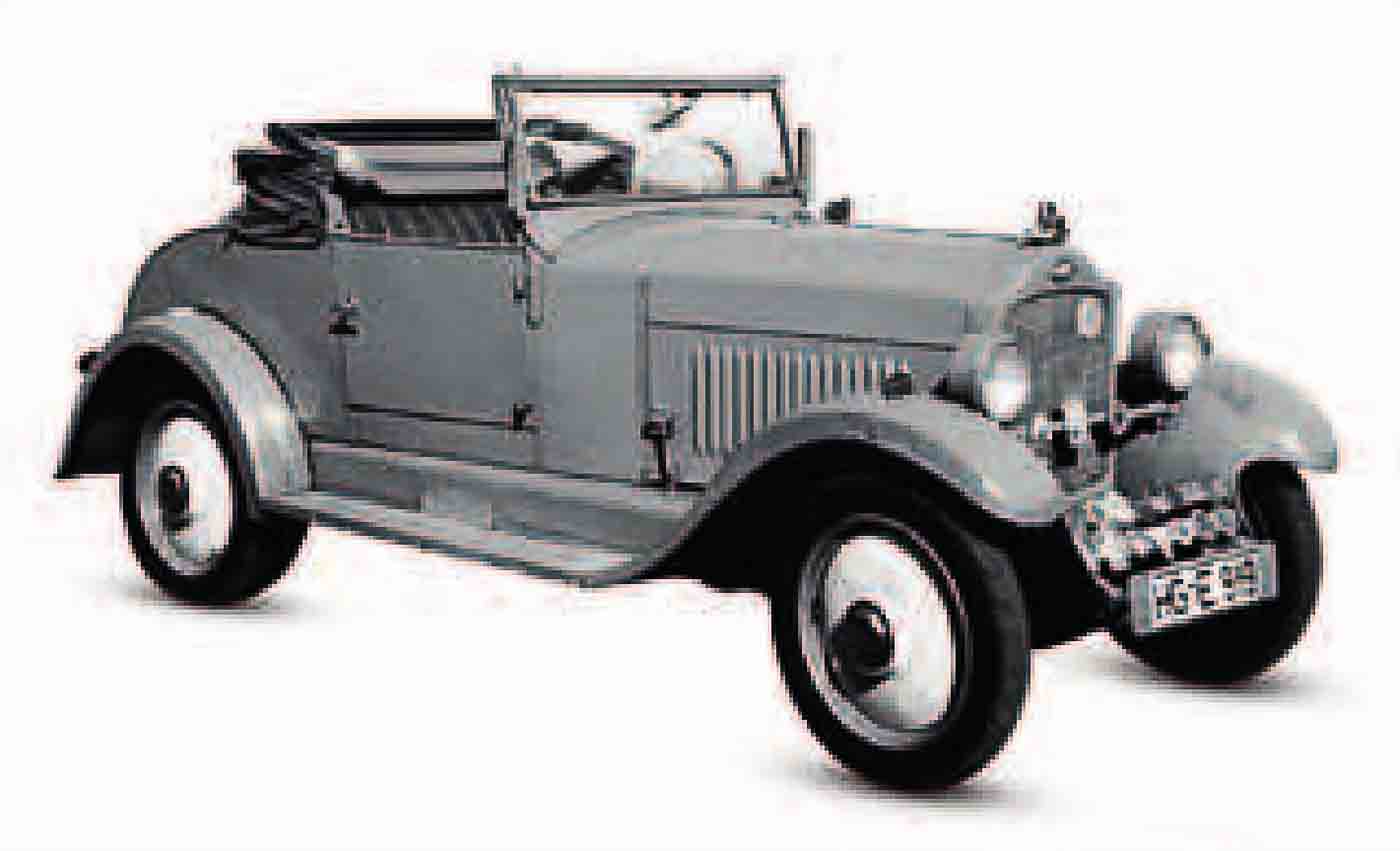
| Origin | Germany |
| Engine | 1,018 cc, straight-four |
| Top speed | 50 mph (80 km/h) |
The Opel 4PS (4HP) series cars were the first German vehicles to be built on an assembly line: 119,484 of the 4/12, 4/14, 4/16, and 4/18 models were built in seven years.
Standard SL04, 1922
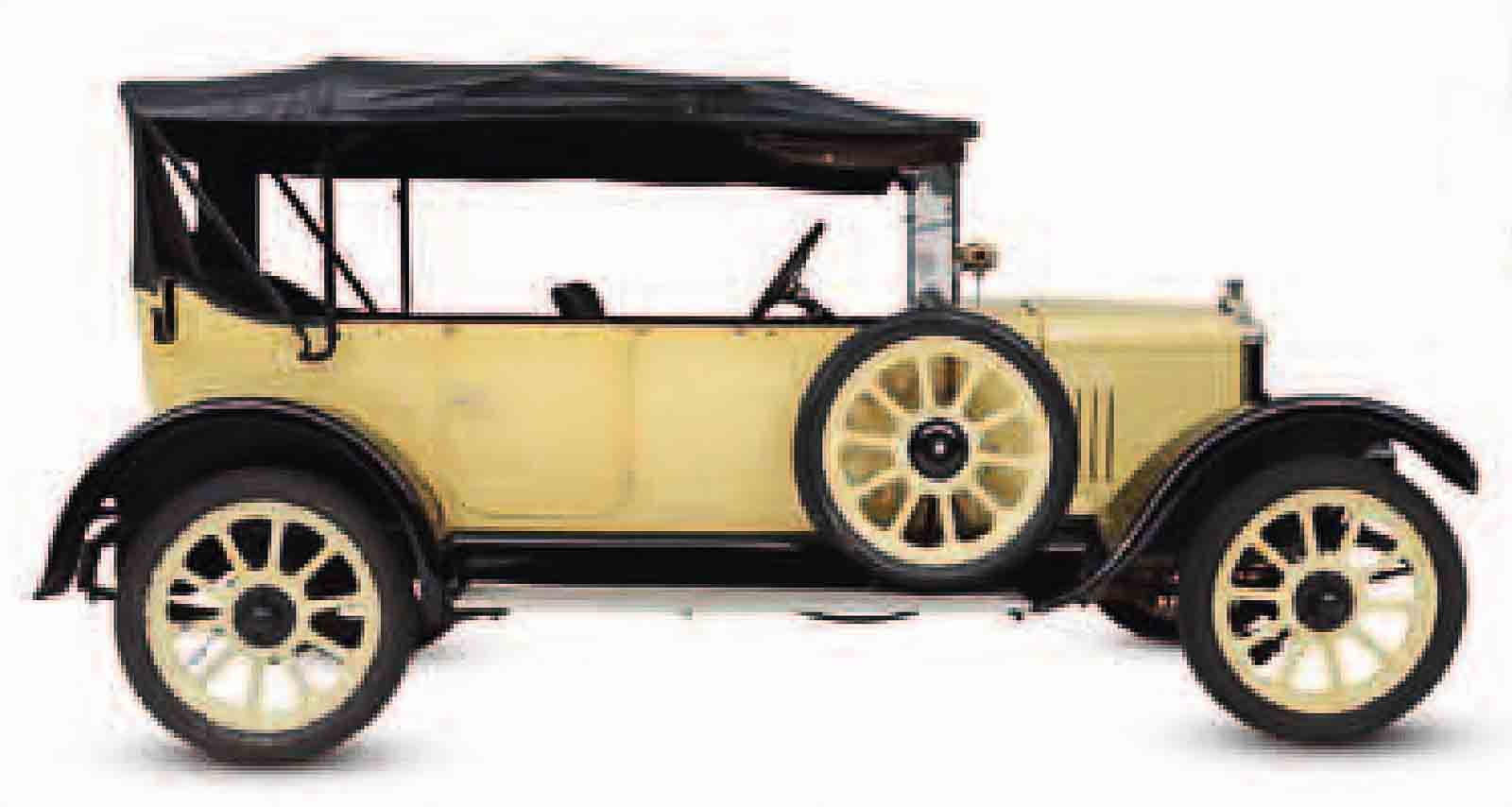
| Origin | UK |
| Engine | 1,944 cc, straight-four |
| Top speed | 52 mph (84 km/h) |
A series of spacious, four-cylinder cars like the SL04 led to Standard selling 10,000 a year in the 1920s, when “Standard” implied “of a high standard”-not “ordinary,” as now.
Fiat 509A, 1926
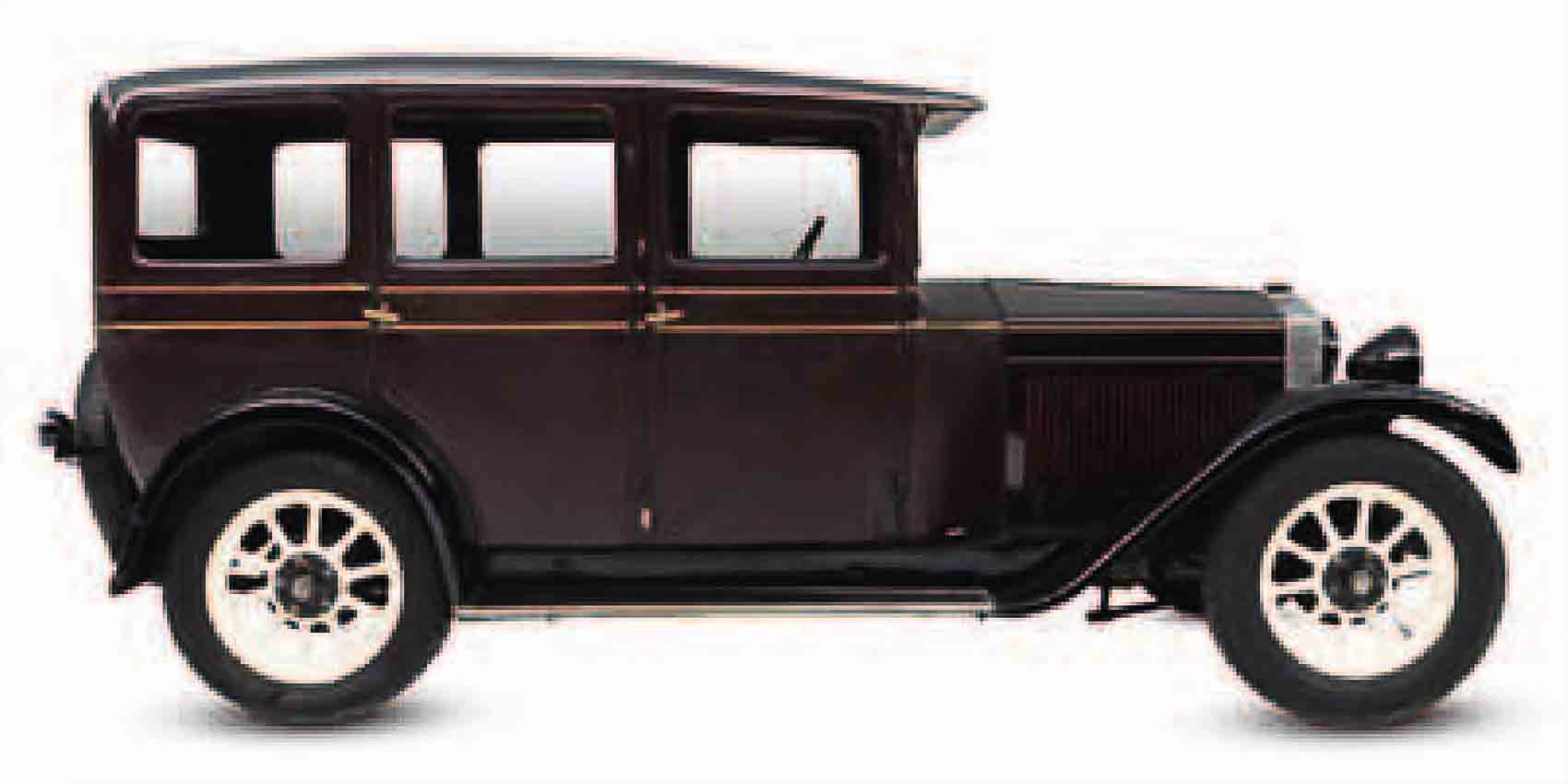
| Origin | Italy |
| Engine | 990 cc, straight-four |
| Top speed | 48 mph (77 km/h) |
The 509’s lively but economical overhead-cam engine and the option to pay in installments made it a popular car, leading to 90,000 sales from 1925 to 1929.
Austin Twelve, 1927
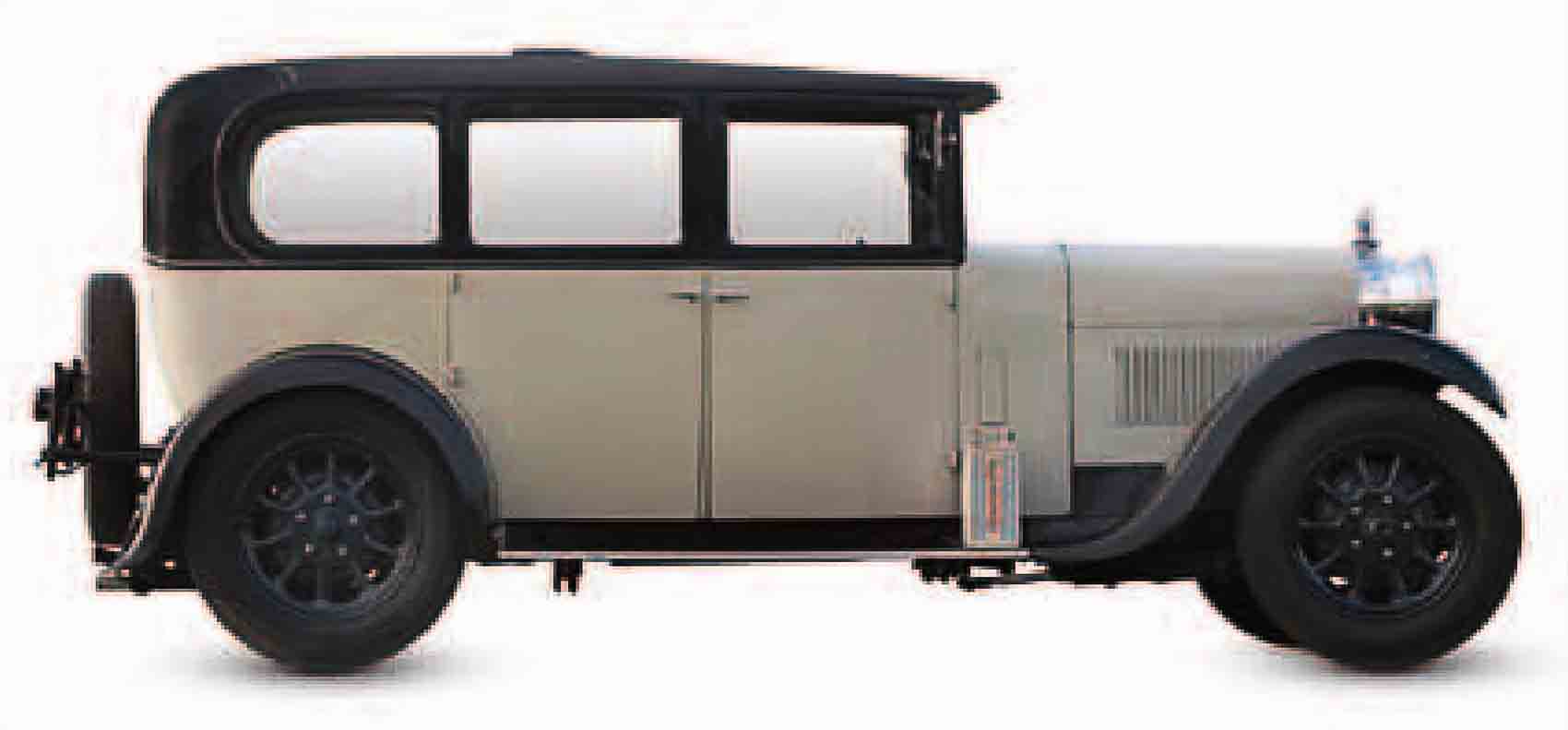
| Origin | UK |
| Engine | 1,861 cc, straight-four |
| Top speed | 53 mph (85 km/h) |
A wide range of competent, dependable cars, such as the Twelve, helped Herbert Austin’s company become the UK’s most successful car maker of the 1920s.
MG 18/80, 1928
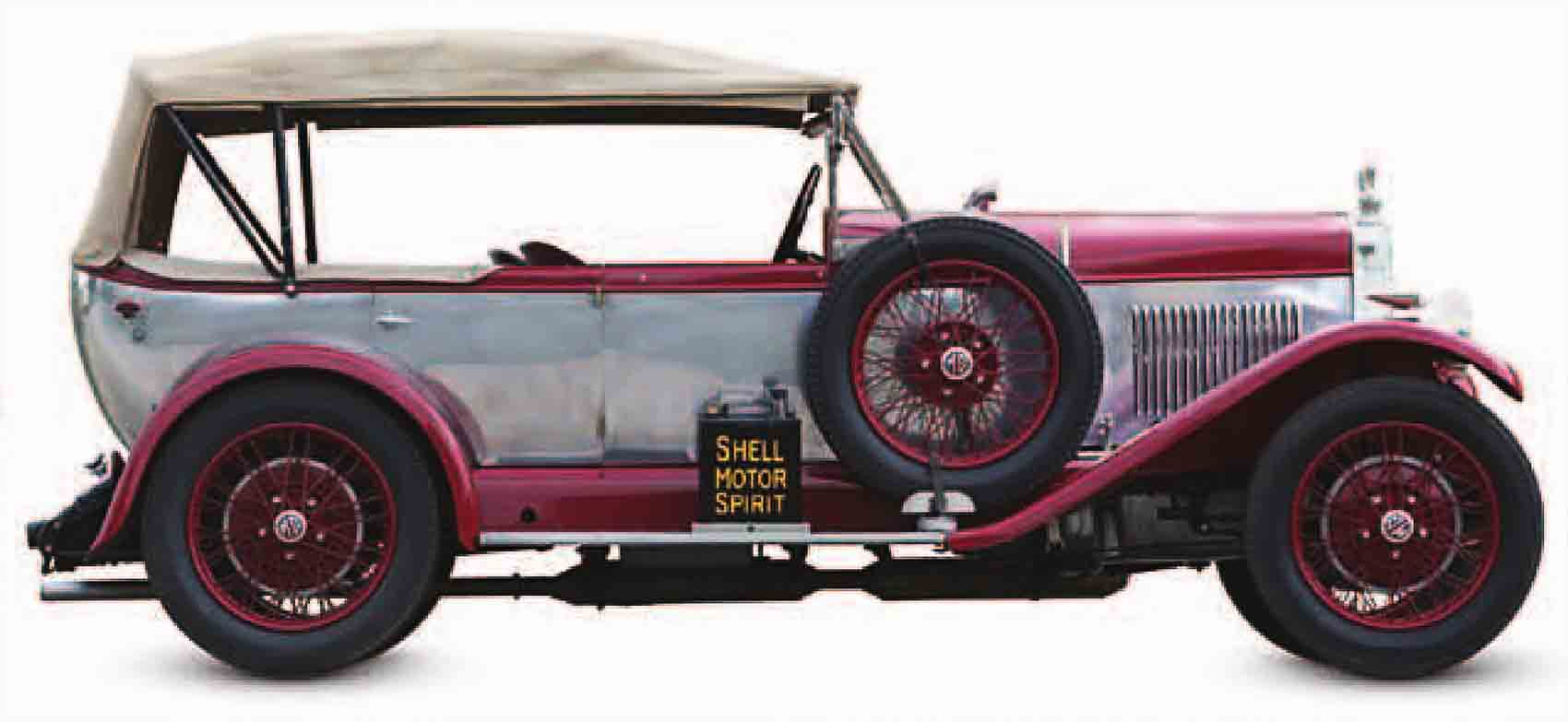
| Origin | UK |
| Engine | 2,468 cc, straight-six |
| Top speed | 78 mph (126 km/h) |
In 1922, supported by the Morris company, Cecil Kimber began making sporting cars based on Morris components. Later badged as MGs, his cars had attractively styled bodies and gave good performance.
It is a quote. The Definitive Visual History Of The Automobile 2011




